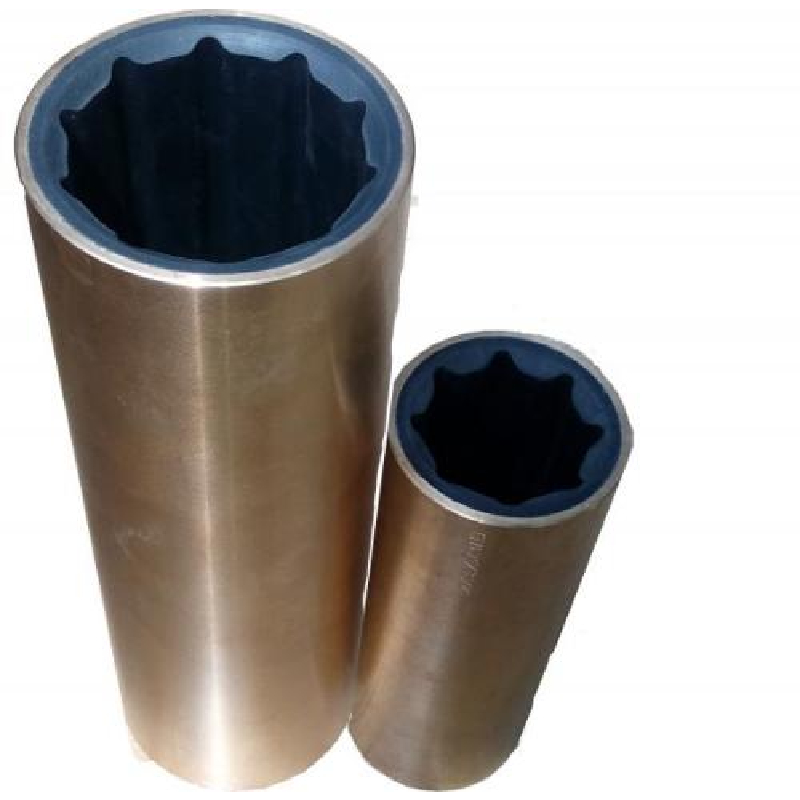Effective Solutions for Fixing Oil Drain Plug Issues and Preventing Leaks
The Importance of Oil Drain Plug Repair
The oil drain plug is a critical component of any vehicle's engine oil system. It serves as the point at which used oil is drained from the engine during oil changes. Unfortunately, over time and with frequent use, oil drain plugs can become damaged, stripped, or corroded, leading to leaks that can cause serious engine problems. In this article, we will discuss the importance of repairing or replacing an oil drain plug, the potential consequences of neglecting it, and the steps involved in the repair process.
Understanding the Role of the Oil Drain Plug
The oil drain plug is typically located at the bottom of the oil pan, securing it in place and preventing oil from leaking out. When you change your oil, this plug is removed to allow the old oil to drain completely before adding new oil. It’s crucial that the plug maintains a tight seal to prevent oil leaks, which could lead to decreased oil levels and insufficient lubrication of the engine components.
Signs of Drain Plug Damage
There are several signs that might indicate your oil drain plug is in need of repair or replacement. Common indicators include
1. Oil Leaks If you notice oil spots on your driveway or garage floor, it could be a sign that the drain plug is leaking. 2. Stripped Threads If the drain plug becomes difficult to tighten or loosen, it may have stripped threads, leading to an improper seal. 3. Corrosion A visibly rusted or corroded drain plug can weaken the seal, making it more prone to leaks. 4. Engine Overheating Insufficient oil due to leaks can cause the engine to overheat, leading to severe damage.
Consequences of Neglecting Oil Drain Plug Issues
Failing to address problems with the oil drain plug can lead to dire consequences
- Engine Damage Leaking oil can result in low oil levels, leading to increased friction between engine parts. This can cause premature wear and tear and, in severe cases, engine failure. - Increased Oil Consumption A leaking drain plug will require more frequent oil top-ups, which can be costly and inconvenient. - Environmental Impact Oil leaks can contribute to soil and water pollution, causing environmental degradation.
oil drain plug repair

Repairing or Replacing the Oil Drain Plug
If you suspect that your oil drain plug is damaged, it’s essential to address the issue promptly. Here are the steps typically involved in repairing or replacing an oil drain plug
1. Identify the Type of Damage Before any repairs, it’s crucial to inspect the plug thoroughly. Check for signs of stripping, corrosion, or other damage.
2. Drain the Oil If you need to replace the drain plug, begin by draining the oil to avoid spills. Place an oil pan underneath the oil pan's drain hole, and remove the oil drain plug.
3. Choose the Right Replacement If the plug is stripped or damaged beyond repair, purchase a new drain plug that matches the specifications of your vehicle. Make sure it comes with a new gasket, as this will help ensure a better seal.
4. Install the New Plug Once the oil has drained completely, install the new drain plug. Make sure to tighten it adequately, but be careful not to overtighten, as this can lead to further damage.
5. Refill the Oil After securing your new or repaired drain plug, refill your engine with fresh oil to the recommended level.
6. Check for Leaks After your repair is complete, run your engine for a few minutes and check around the drain plug for any signs of leaks. If you see any oil seeping out, you may need to revisit the installation process.
Conclusion
Maintaining the oil drain plug in good condition is vital for the health of your engine. Regular checks and prompt repairs can save you from costly engine damage and ensure your vehicle runs smoothly. By understanding the importance of this seemingly small component, vehicle owners can take proactive steps to maintain their vehicles and prevent serious issues down the road.
-
Simplifying Oil Changes: A Comprehensive Guide to Oil Drain Plugs and Their Variants
News Aug.04,2025
-
Mastering Oil Drain Maintenance: Solutions for Stripped, Worn, and Upgraded Oil Plugs
News Aug.04,2025
-
Fixing Oil Pan Plug Issues: Leaks, Stripped Nuts, and the Right Replacement Solutions
News Aug.04,2025
-
Everything You Need to Know About Oil Drain Plugs: Sizes, Fixes, and Upgrades
News Aug.04,2025
-
Choosing the Right Oil Drain Plug: A Guide to Sizes, Materials, and Drain Innovations
News Aug.04,2025
-
A Complete Guide to Automotive Drain Plugs: Types, Problems, and Innovative Solutions
News Aug.04,2025
-
The Ultimate Guide to Car Repair Kits: Tools and Essentials Every Driver Should Own
News Aug.01,2025
Products categories















